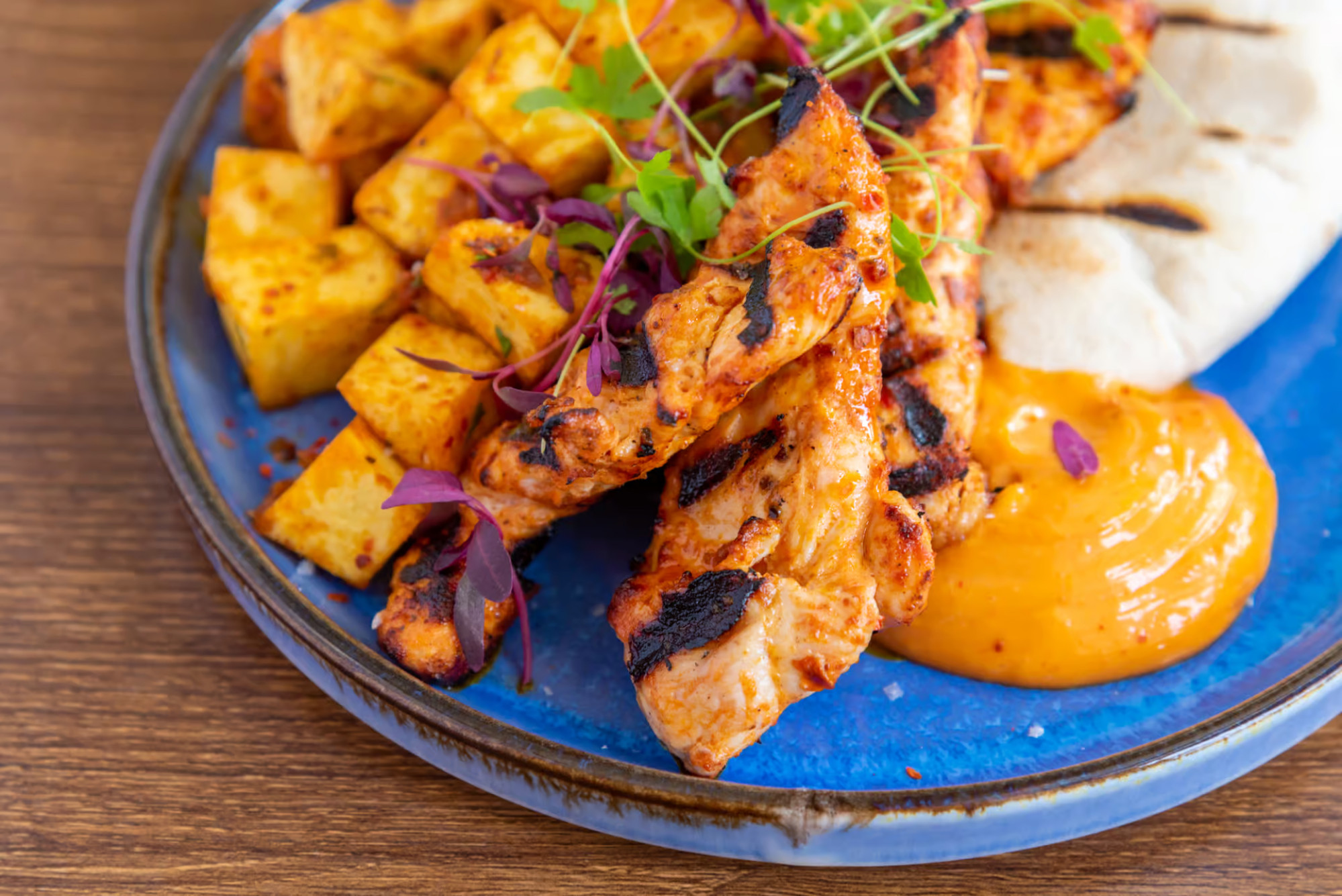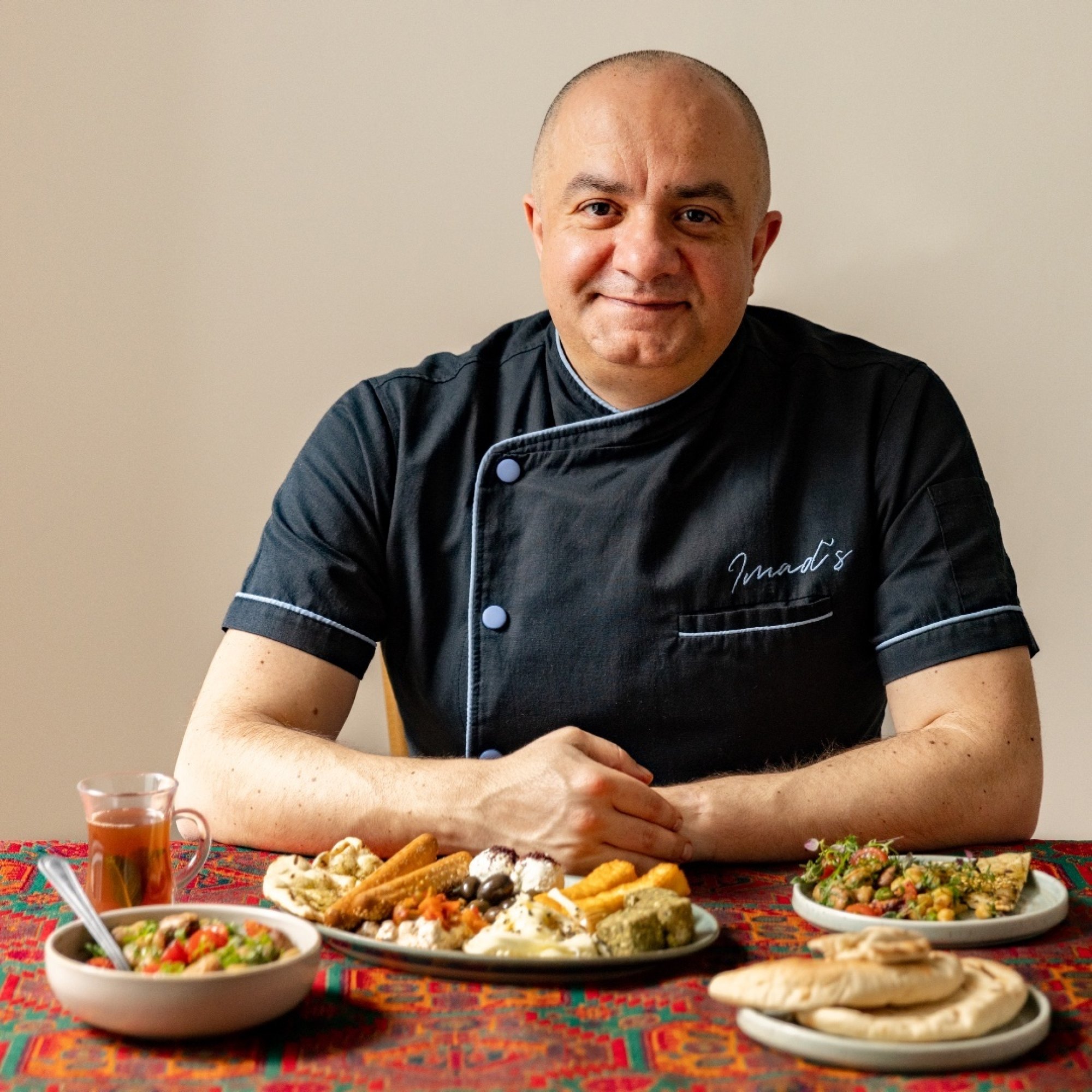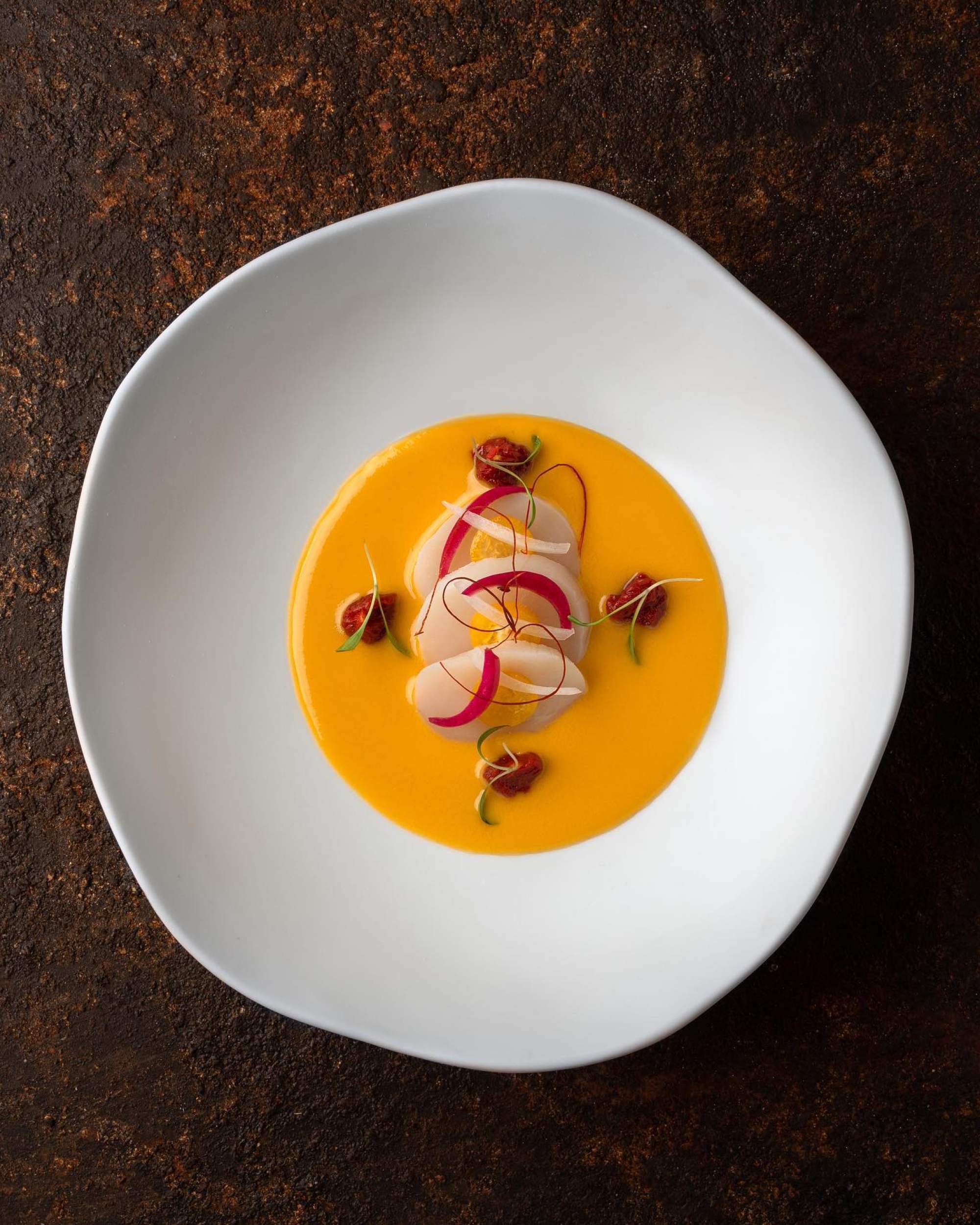‘Spoilt for choice’: Egyptian-Irish Hongkonger’s Middle Eastern food picks
‘Spoilt for choice’: Egyptian-Irish Hongkonger’s Middle Eastern food picks
As demand for Middle Eastern cooking and ingredients has risen in the past several years, fuelled by its relatively low cost and healthy profile, Syrian food in particular has garnered attention.
In London, the acclaimed Imad’s Syrian Kitchen is moving to a bigger location on Carnaby Street to accommodate its growing audience.
The cuisine is also getting recognition in New York, thanks to the new Brooklyn spot SYKO. Its menu includes such dishes as meaty sujak sandwiches, featuring the Syrian beef sausage with garlic paste and pickles.

In Los Angeles, the year-old pop-up Nawal from brothers Armbay, Dotee and Danny Zakaria has a short list of changing Syrian specialities that often includes a sujak wrap and sandwiches with the walnut-stuffed baby eggplant known as makdous.
“With the fact of war displacement, Syrian food has gone kind of global. People are talking about Syrian cuisine,” she says.
‘Peeling every chickpea’: a restaurant out to change ideas of Lebanese food
‘Peeling every chickpea’: a restaurant out to change ideas of Lebanese food
The food has its roots in Damascus, one of the oldest cities in the world, dating back to at least 3000 BC. The land was notably fertile, says Helou. “And because of the different civilisations and [that it was at] the crossroads of the silk trade,” she says, “Aleppo [in northern Syria became] the gastronomic centre of the Middle East.”
“It is nafas – decadent, lush and soulful, the one kitchen that has no fuss,” says Homam Ayaso, a London-based Syrian chef, about the cuisine.
Our cuisine is a hidden gem. It’s our identity, and if we lose our food then we lose our identity
At a moment when every culture boasts grandmother cooking credentials, Syrian cuisine is notably defined by recipes that are passed down across generations and the hospitality that goes hand in hand with that concept.
Still, there are some defining Syrian dishes, such as the well-spiced chopped meat and bulgar dish kibbeh; tabakh roho, a lamb and vegetable stew; and shish tawook (or taouk), the popular grilled chicken skewers.

Shish tawook is on the menu at Imad’s Syrian Kitchen, which reopened in Central London in early August. Founder and head chef Imad Alarnab fled his home country in 2015 because of civil war, leaving behind a mini empire of fast-food restaurants and juice bars; he arrived in the UK the same year.
He says the cosmopolitan and diverse nature of the UK capital let him “dare to create his own recipes” and eventually open a permanent spot.
There’s been so much interest in the restaurant that Alarnab recently debuted his first cookbook, Imad’s Syrian Kitchen, with 120 of his recipes, including hummus bil zayt (chickpeas in oil), mujadara (bulgar wheat with brown lentils) and the milk-based dessert mahalaya (or mahalabia).

In it, Alarnab chronicles his journey as a refugee and an asylum seeker on his way back to the kitchen. It’s a “celebration of how food has the power to bring people together”, he writes in the book.
But establishing Syrian restaurants in different countries isn’t without challenges. Some UK customers aren’t comfortable with the authentic dishes, says Alarnab. He recalls a day when, after spending hours making kibbeh for a pop-up, a customer refused to try it because it included cooked yogurt.
‘I’m 80 per cent hummus’: Hong Kong pilot turned Middle Eastern dip seller
‘I’m 80 per cent hummus’: Hong Kong pilot turned Middle Eastern dip seller
Now, Alarnab slightly tweaks his recipes to appeal to local customers, for instance, using fresh yogurt instead of cooked and baking the cauliflower for the usually deep-fried dish zahraa harra.
Authenticity has been a challenge for Laila Chamsi-Pasha and Saam Mehdizadeh, the co-directors of the UK-based Middle Eastern pop-up Toum and Tahini, too. They have struggled to recreate the spice mixtures they found in Syria, Chamsi-Pasha says, but “haven’t changed the recipes to people’s taste”.
In their version of chicken fatteh, the traditional dish based on fried pita with tahini and garlicky yogurt dressing, they use shredded chicken, rather than chunks, and add crunchy chickpeas on top “to make it more fun to eat”, she says.
These chefs are redefining Middle Eastern cuisine with a fresh take
These chefs are redefining Middle Eastern cuisine with a fresh take
Appearances matter, says Chamsi-Pasha.
“I think it’s also more overwhelming when you see this plate of actual kibbeh nayyeh [raw ground lamb] and if you’ve never had it before, you’re like, what the hell is this pink thing in front of me?”
Still, Toum and Tahini represents an authentic Syrian experience for many diners. “People kept coming in and saying it feels like we’re walking into someone’s house,” she adds.

Support for Syrian restaurants and concepts has been strong. In 2020, Alarnab crowdfunded £50,000 in 3 months to open his first restaurant. Toum and Tahini, who have been courting private equity firms, say they recently raised £200,000 from investors.
The Orfali brothers are hoping to open another restaurant in the UAE. Orfali says that he’s also brainstorming a new concept in London, as well as the possibility of opening in hubs like Tokyo and New York.
For the chef, it’s not just about expanding a brand, it’s holding on to a piece of his native Syria. “Our cuisine is a hidden gem as we struggle to market ourselves properly,” he says. “It’s our identity, and if we lose our food then we lose our identity.”

